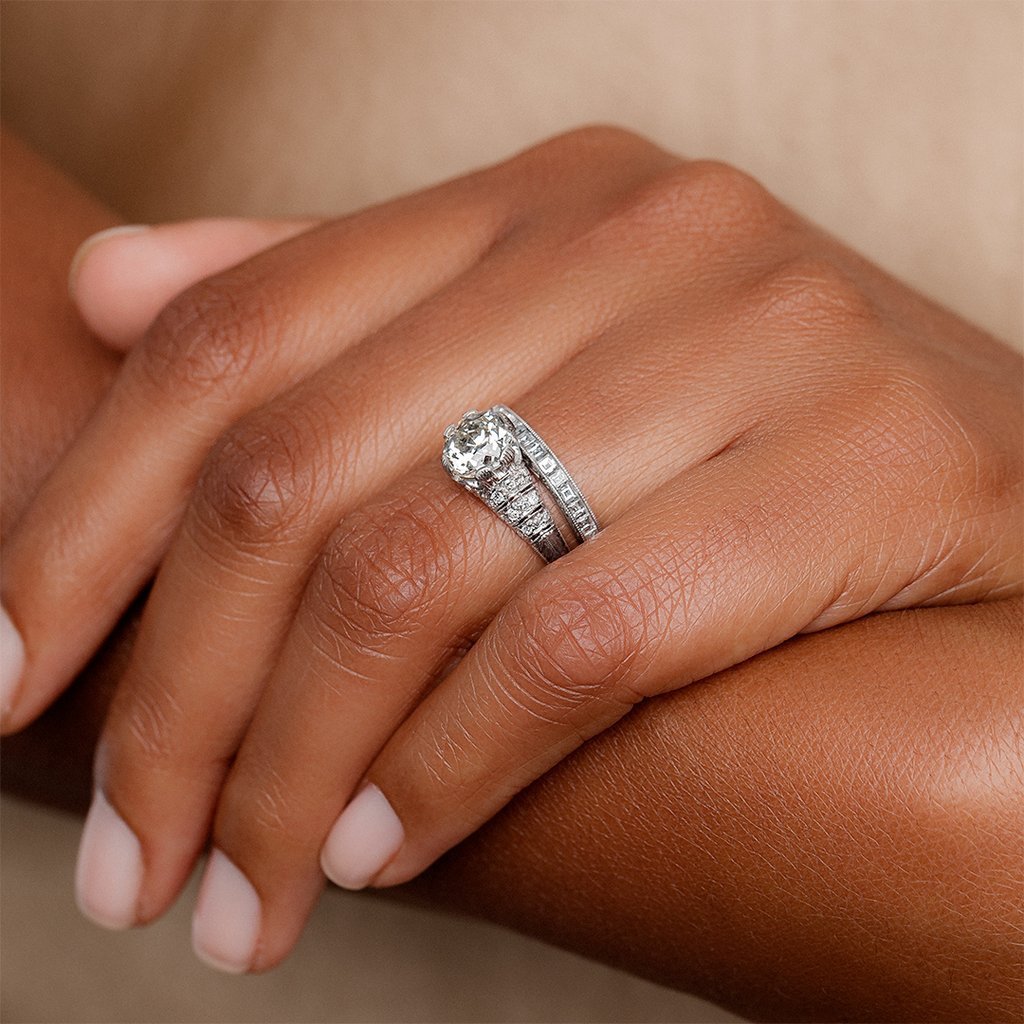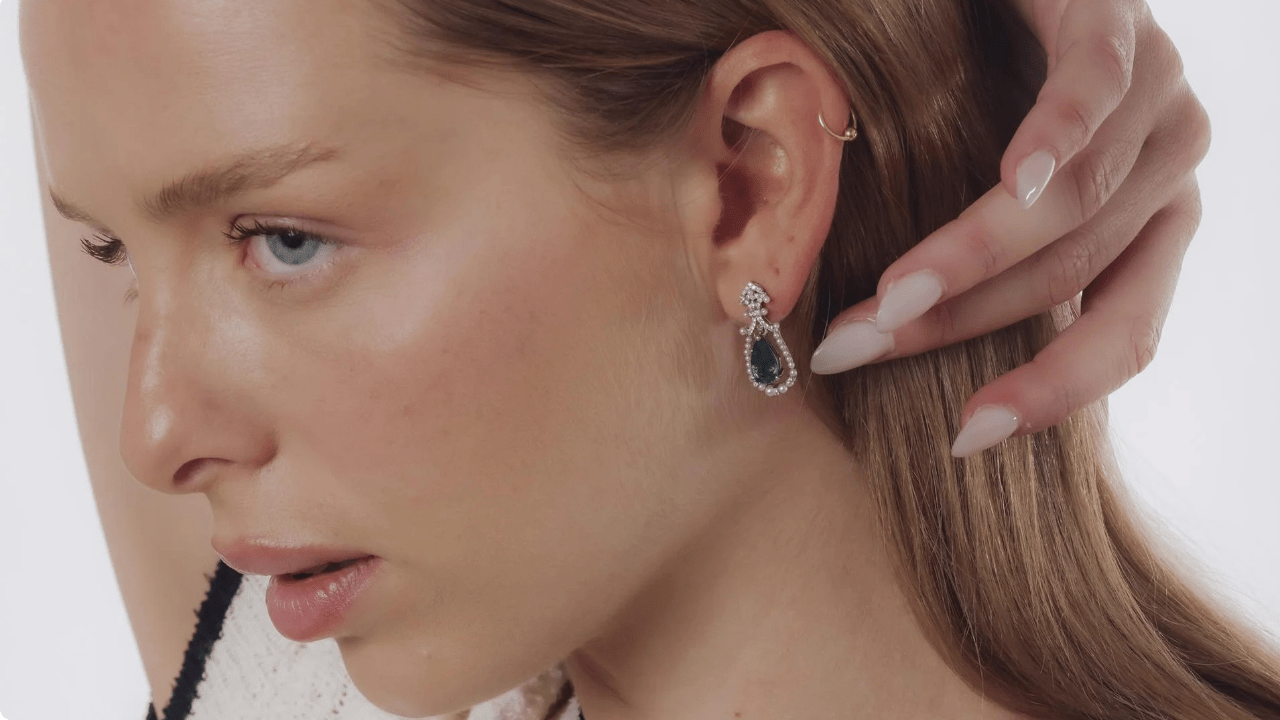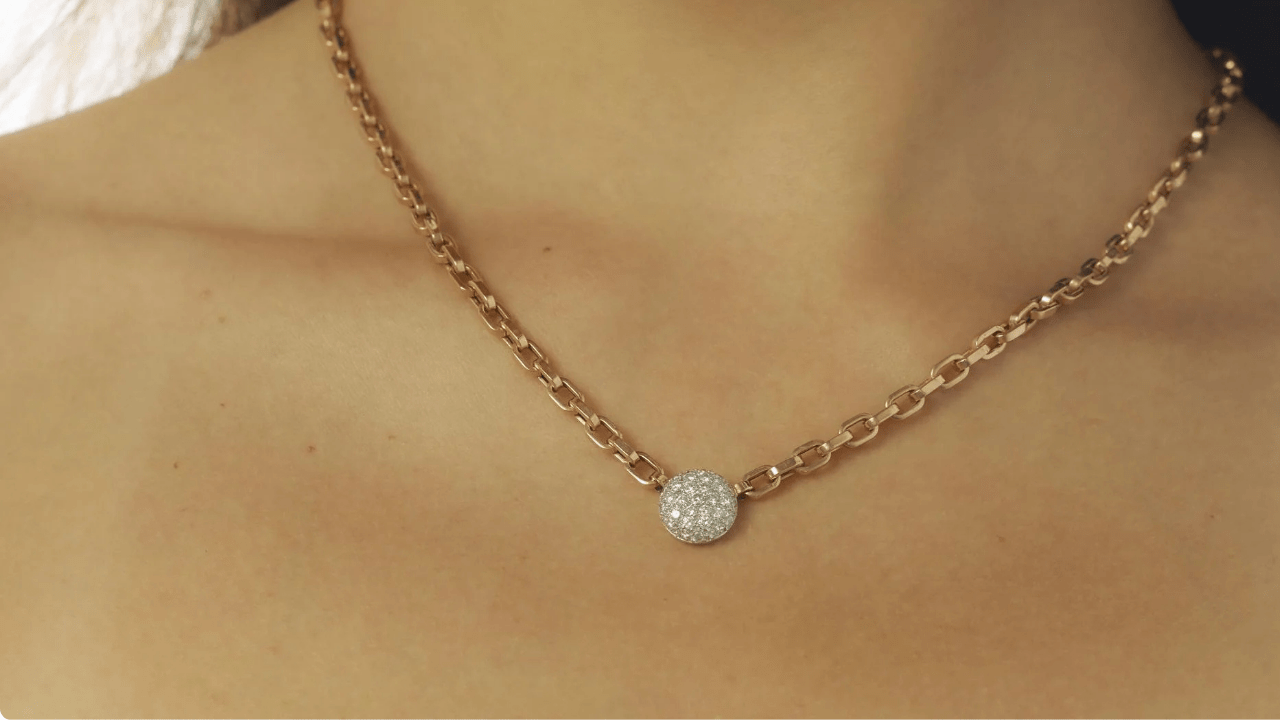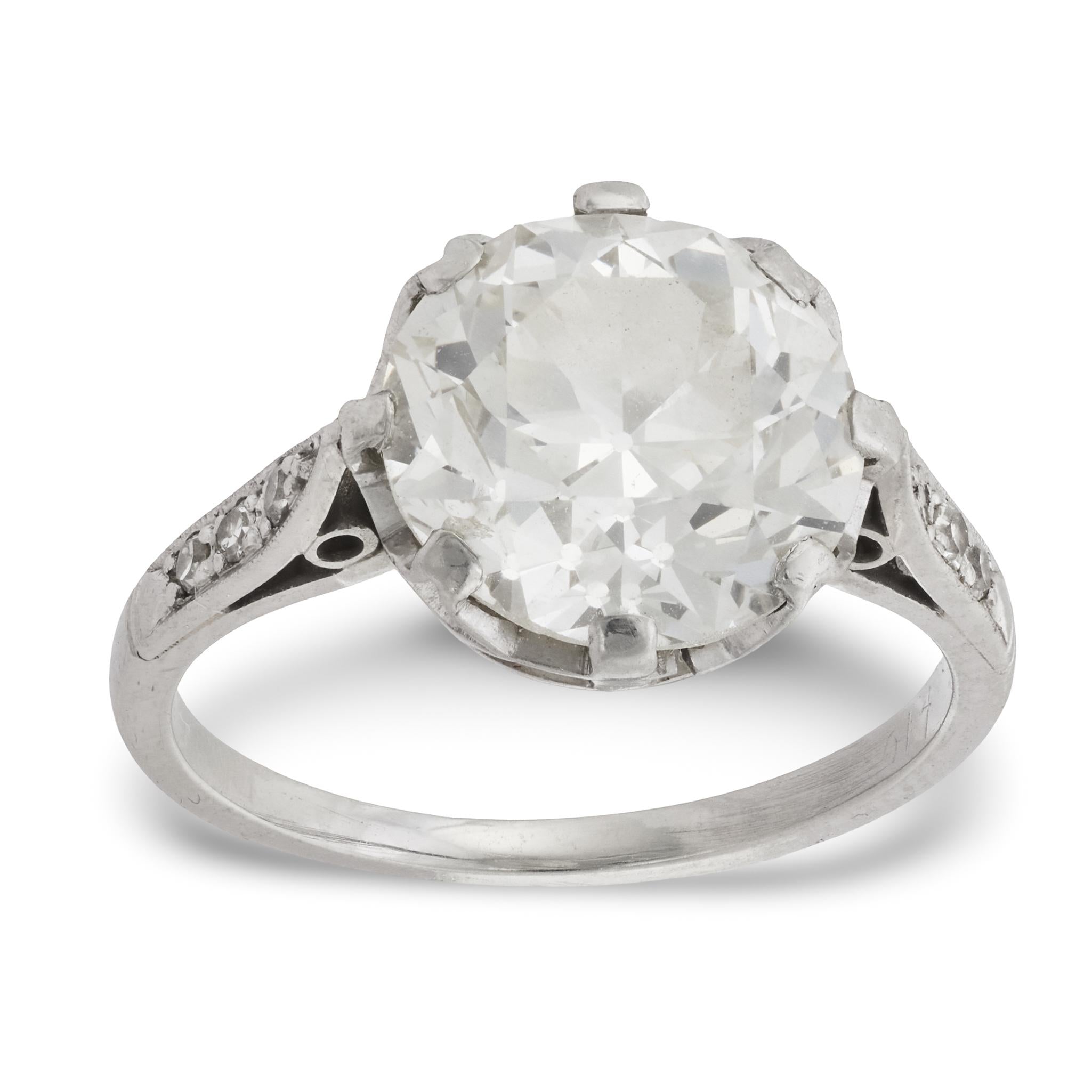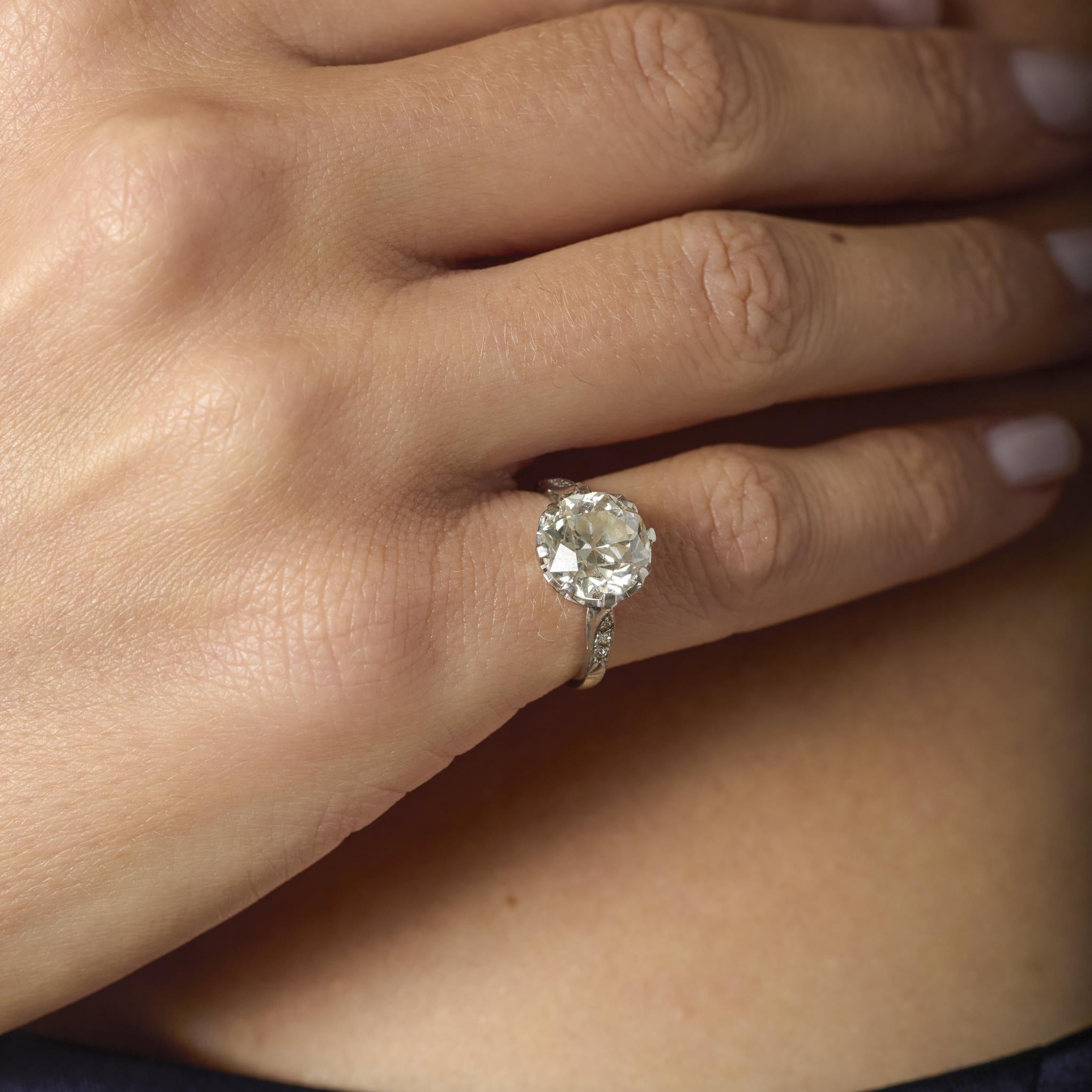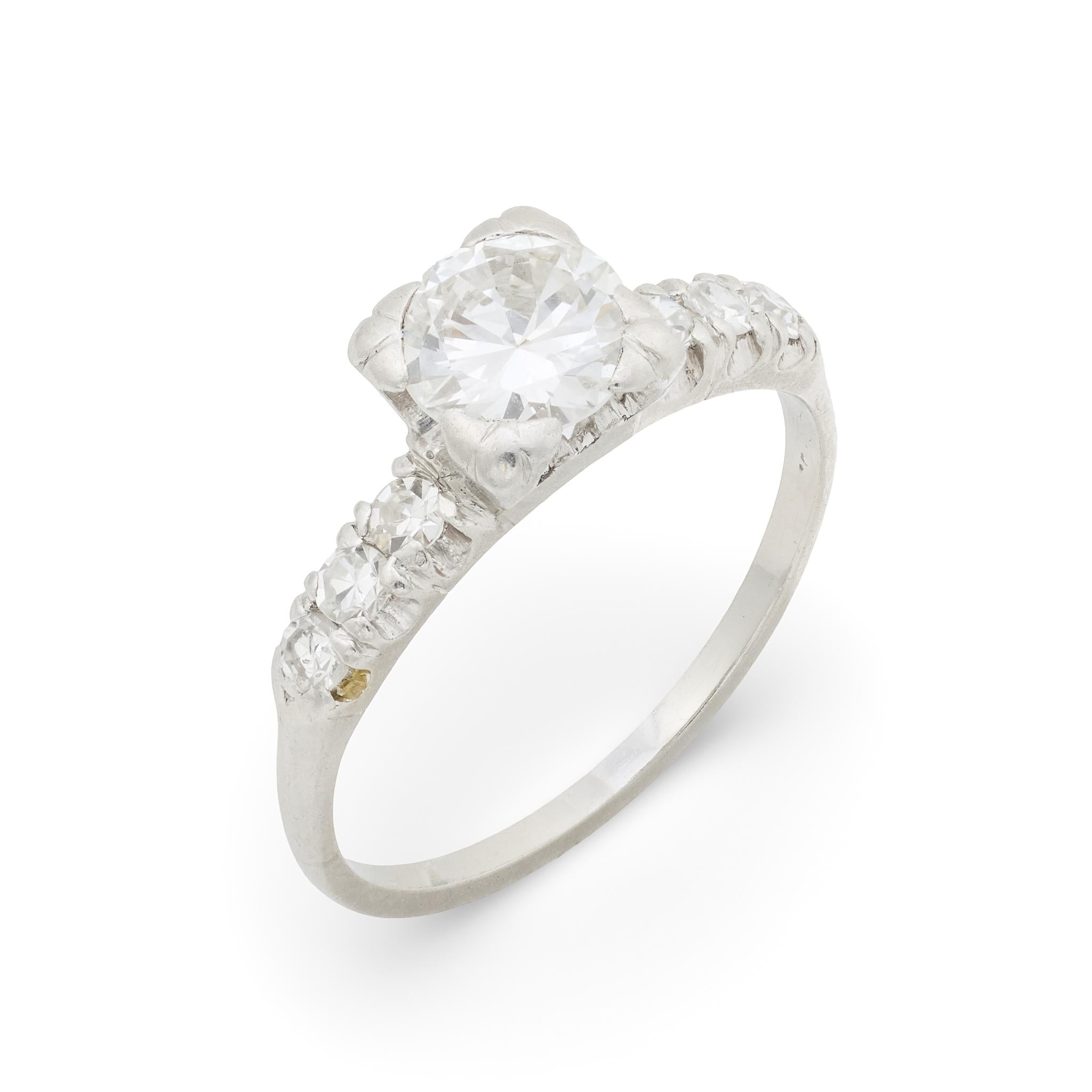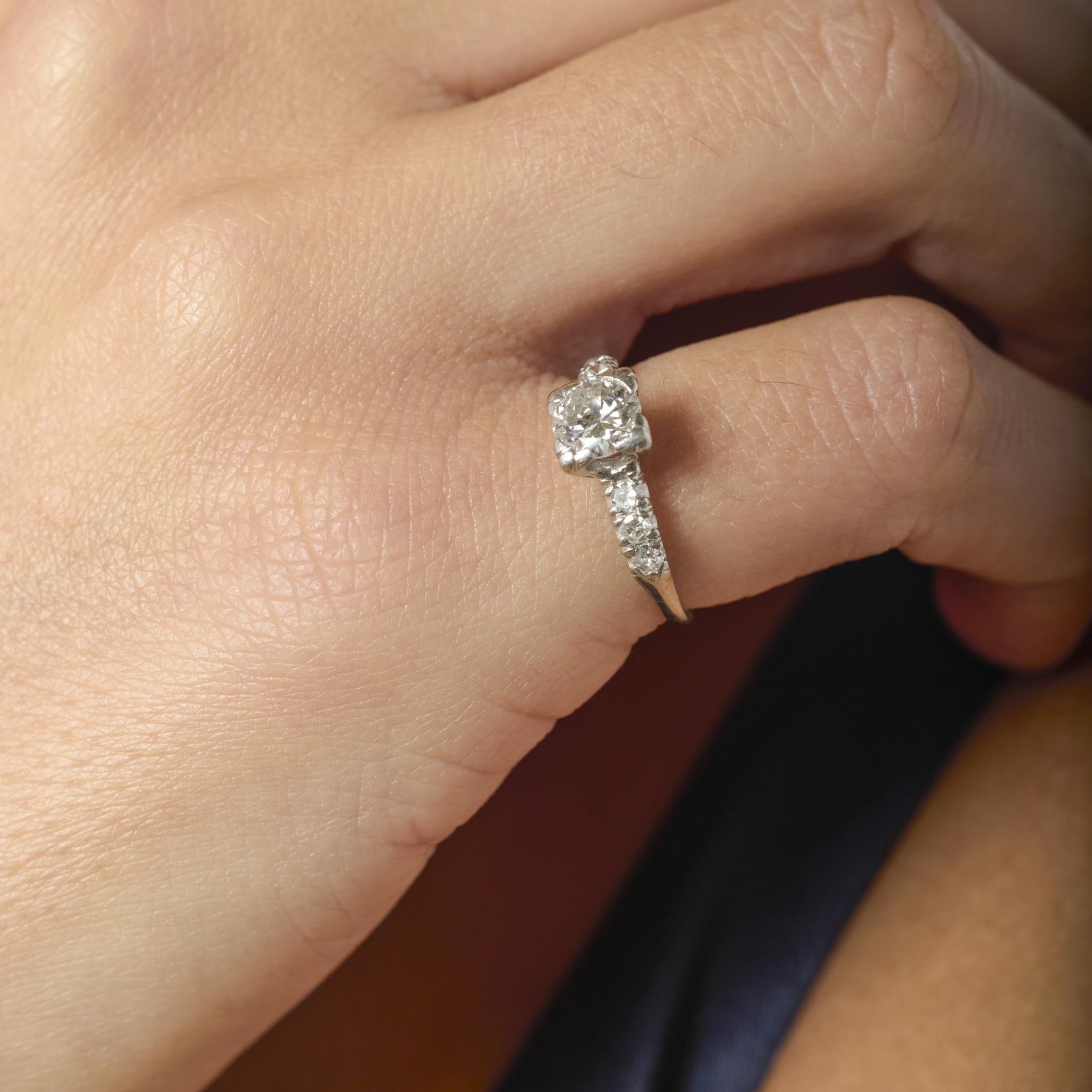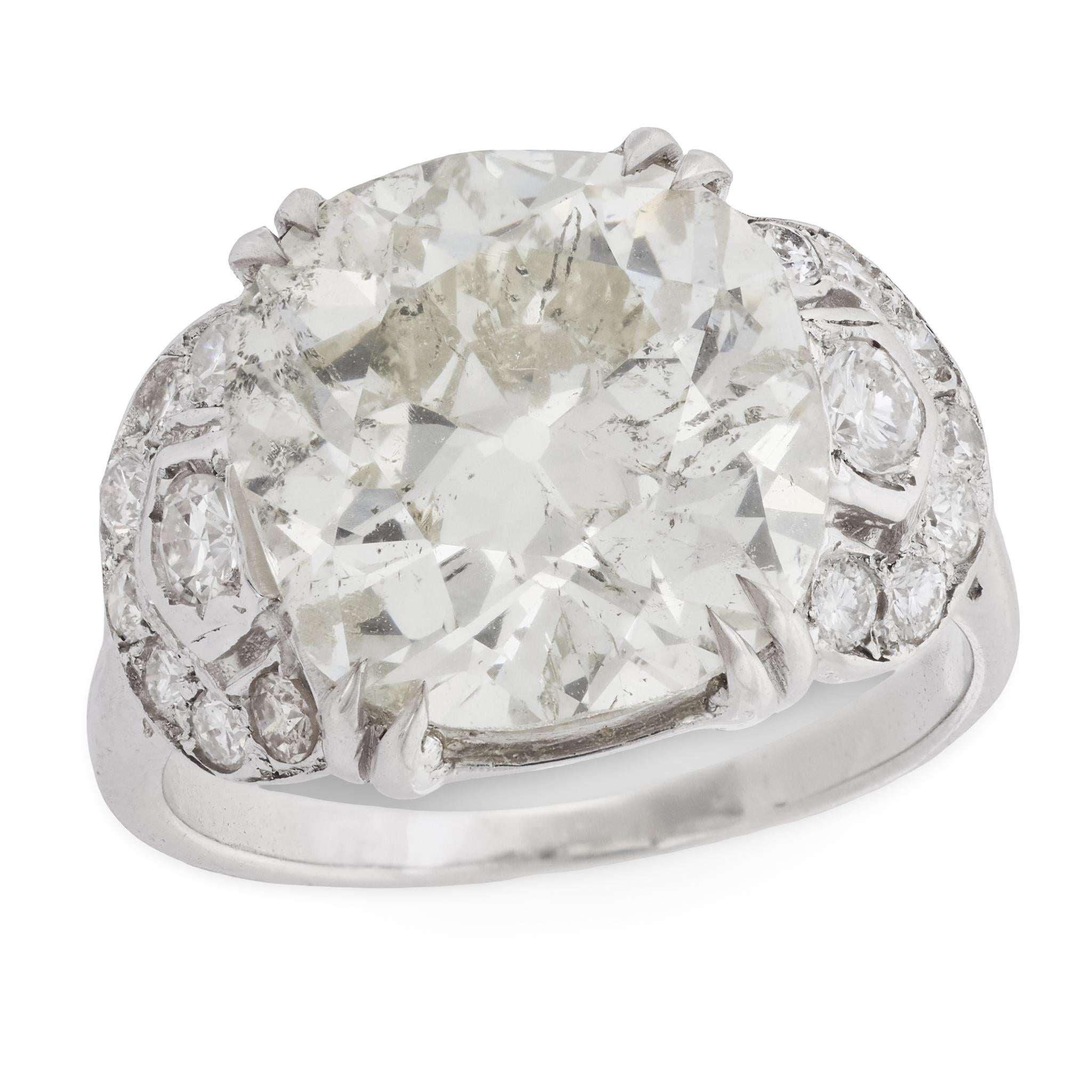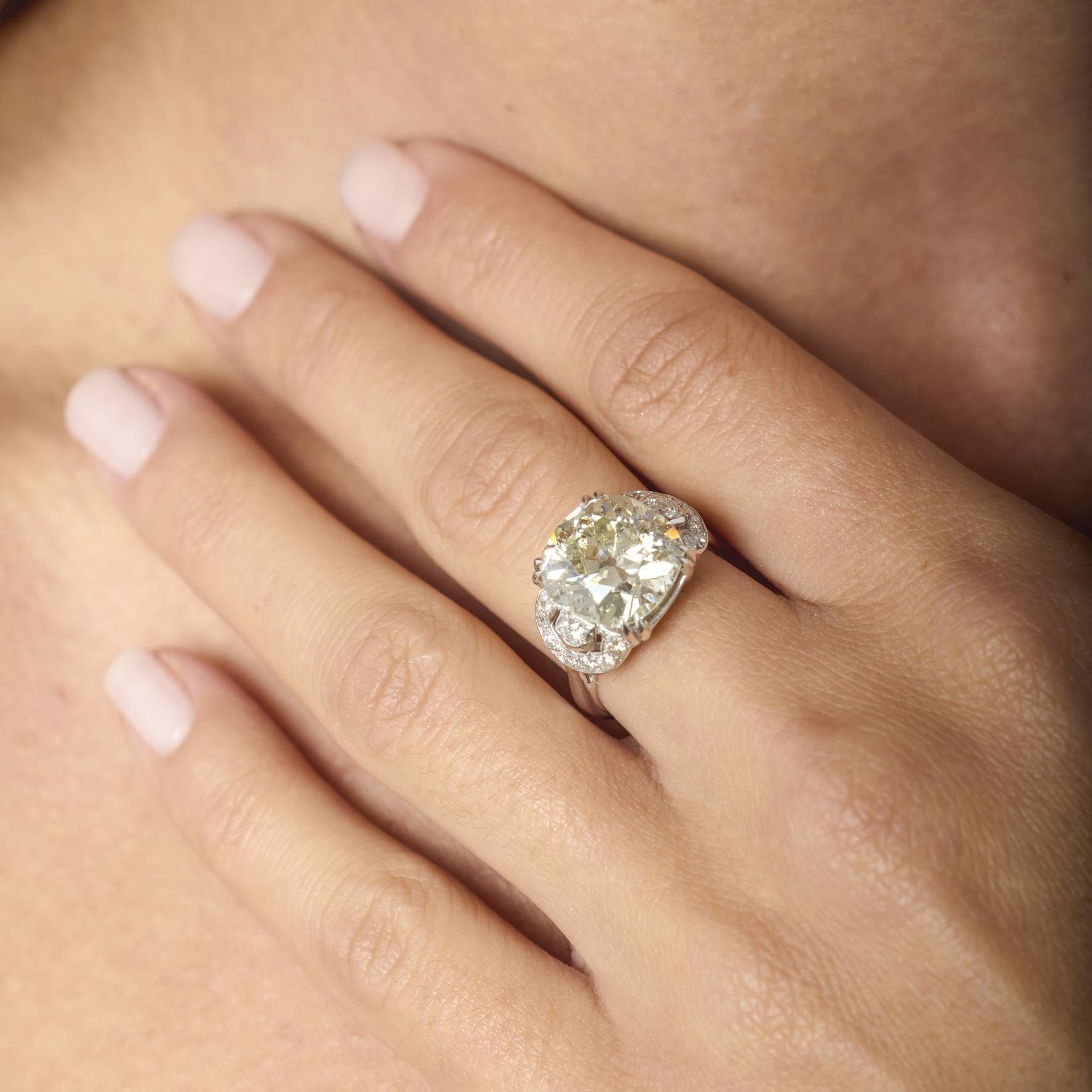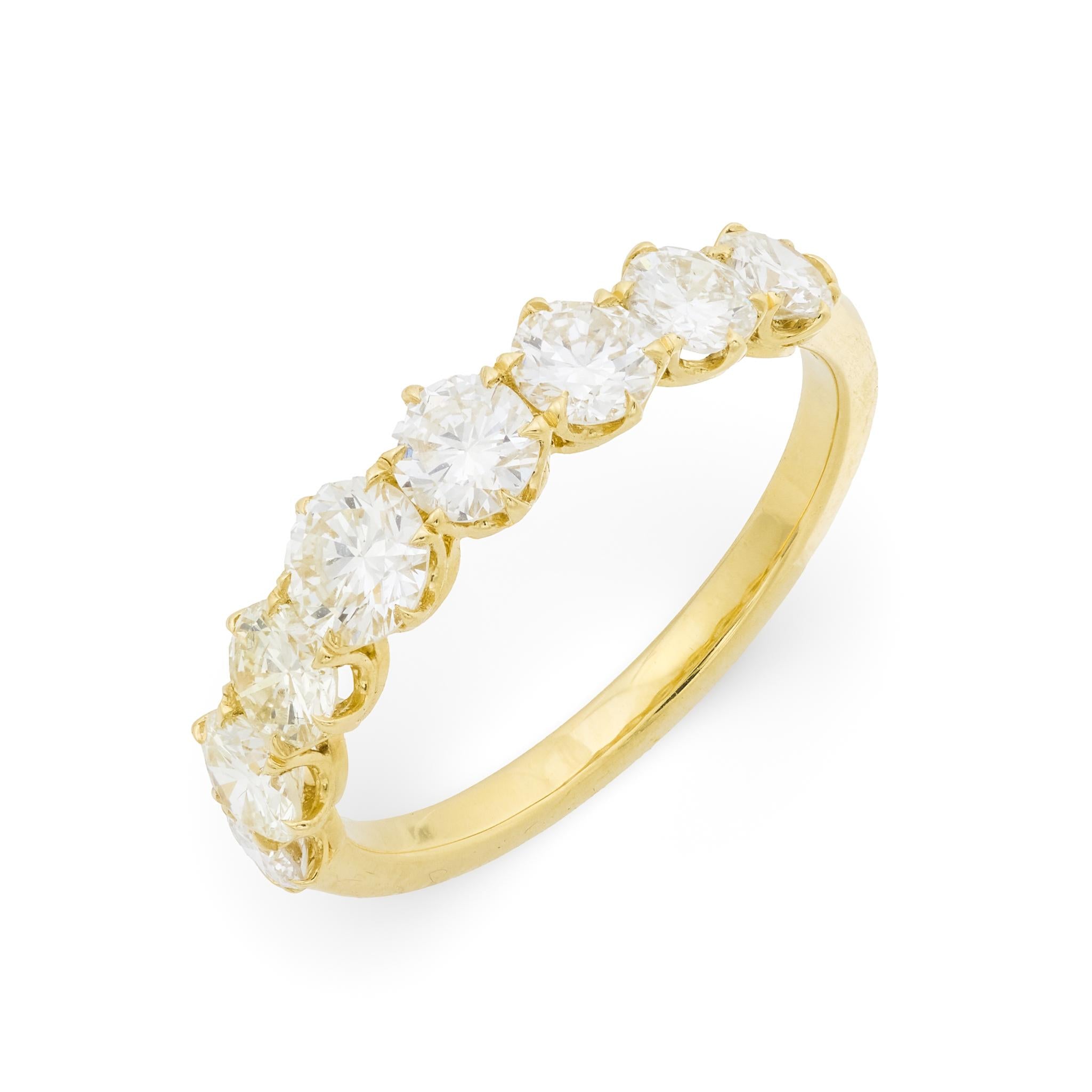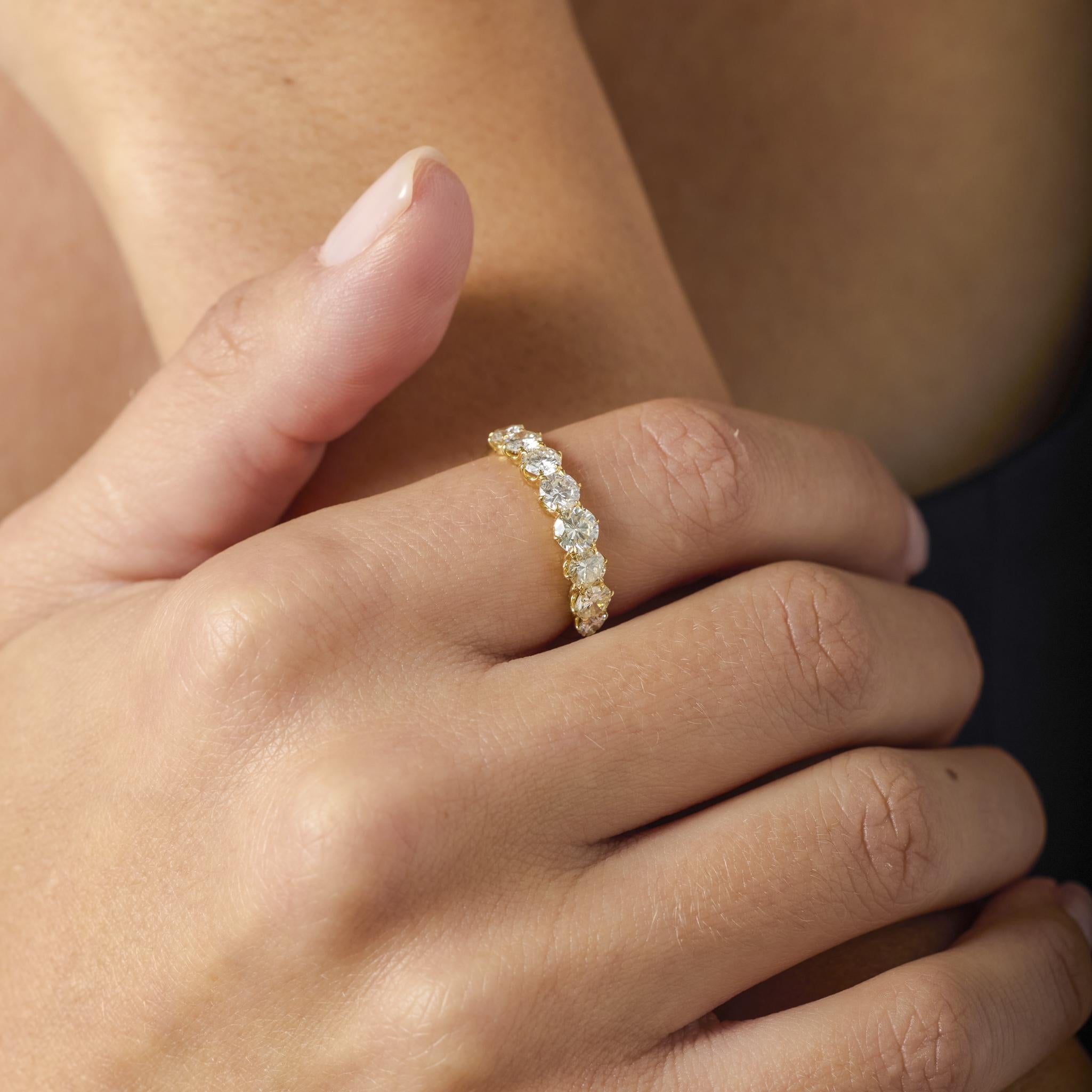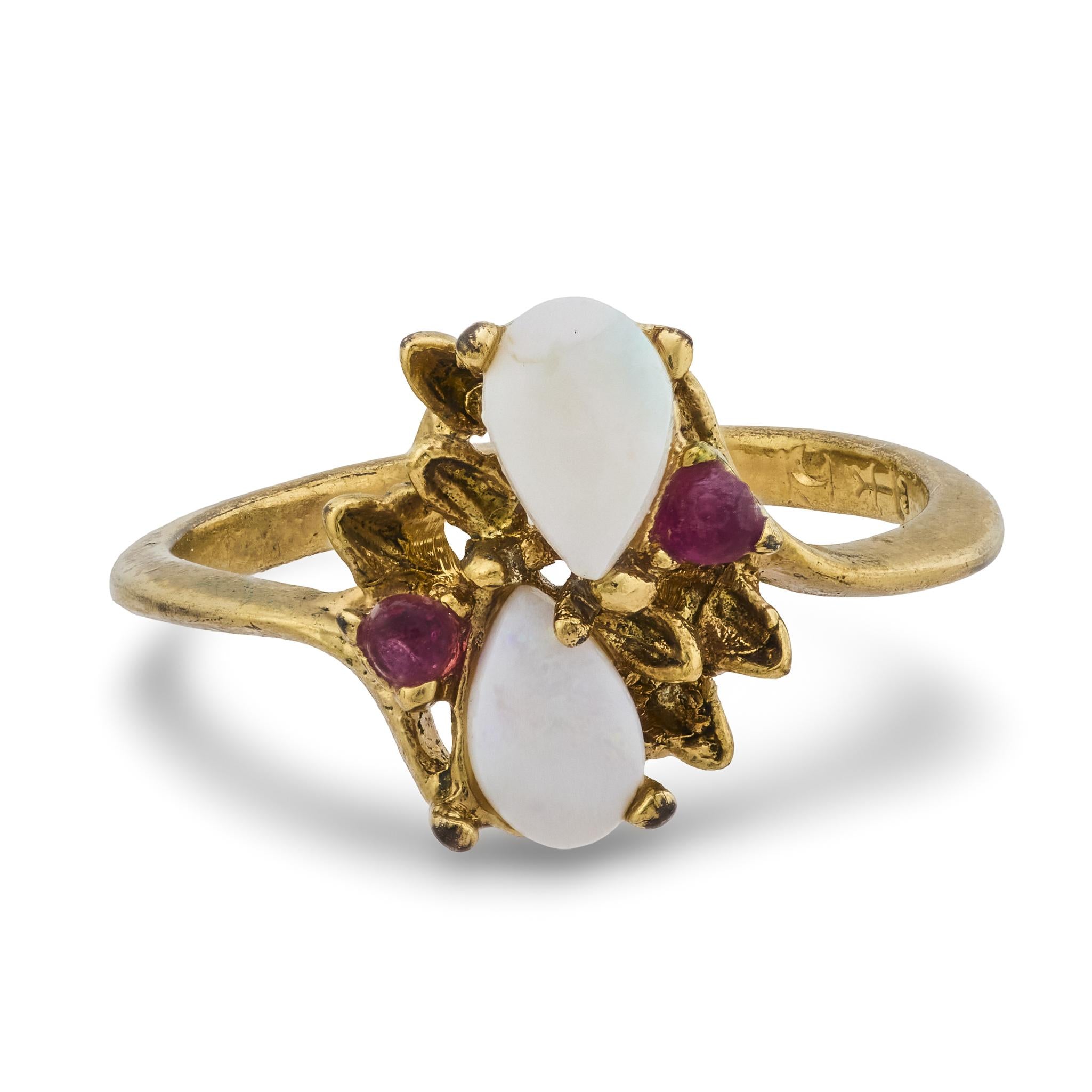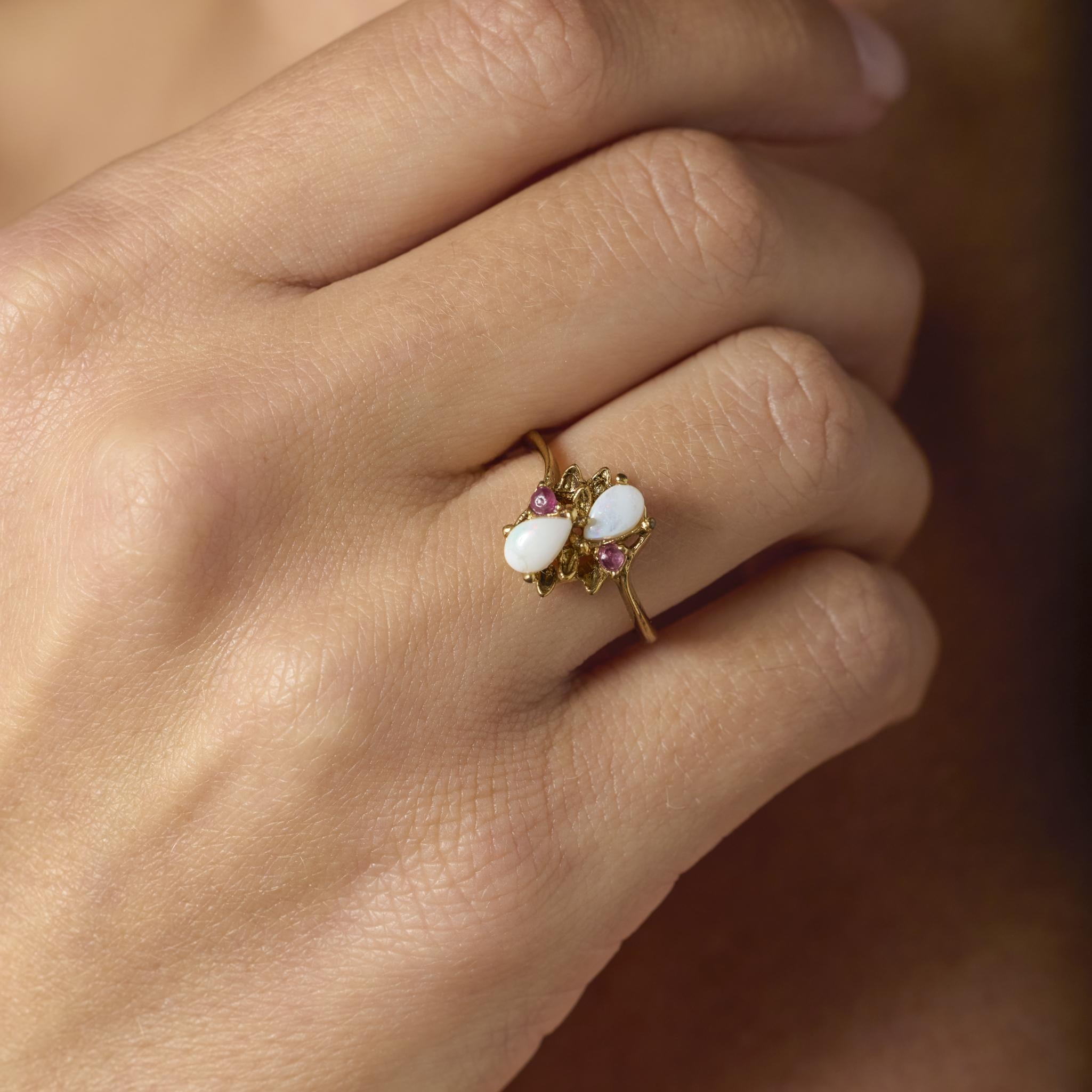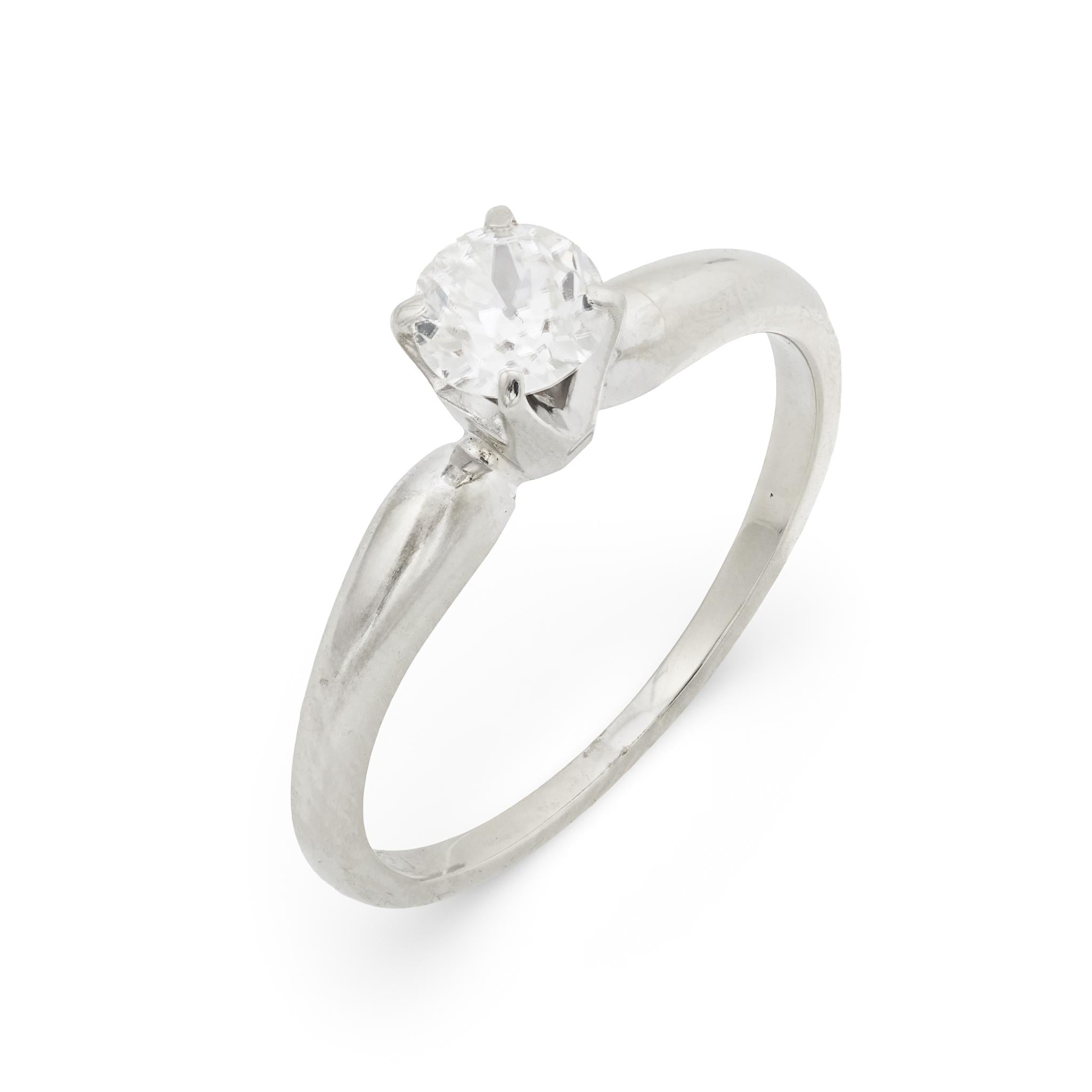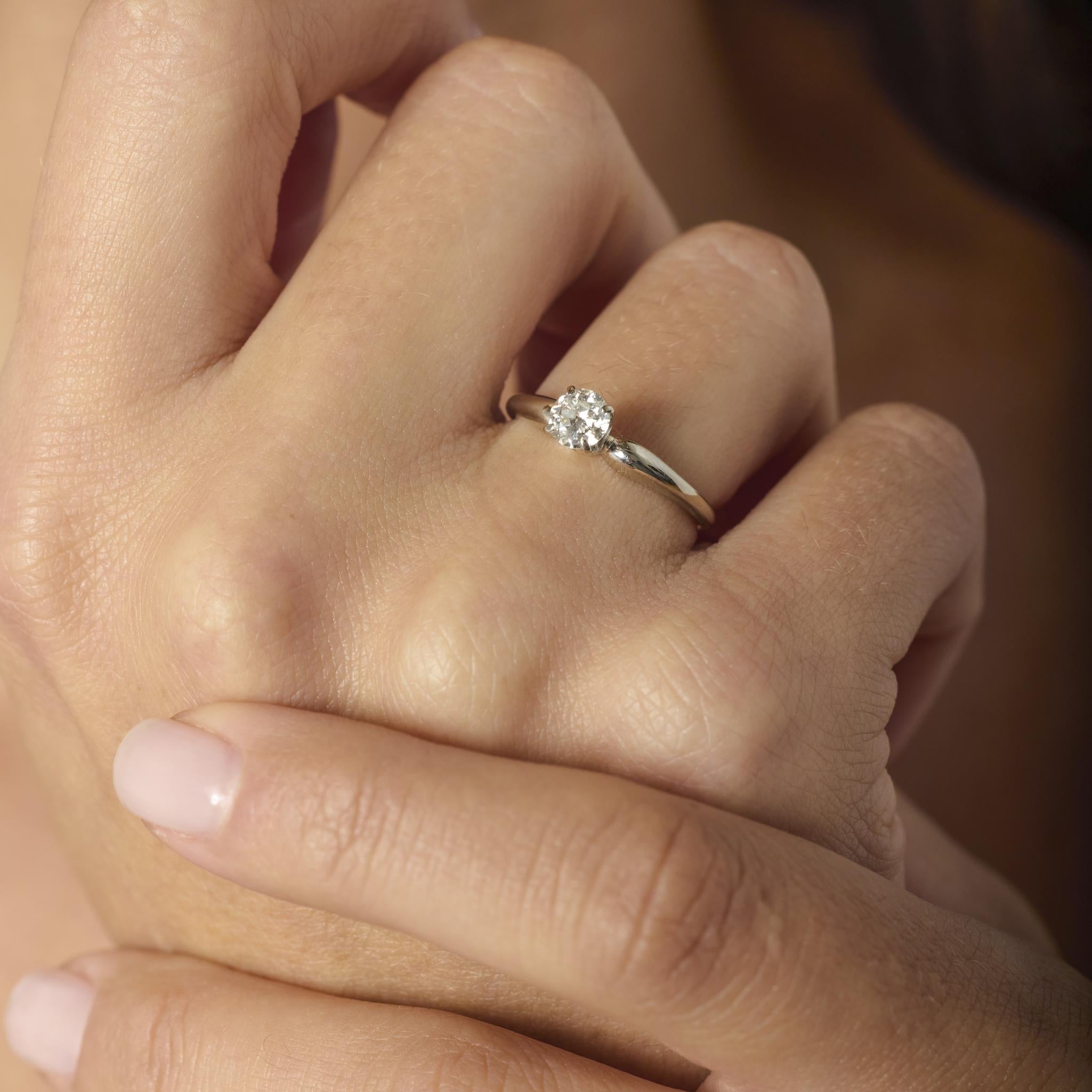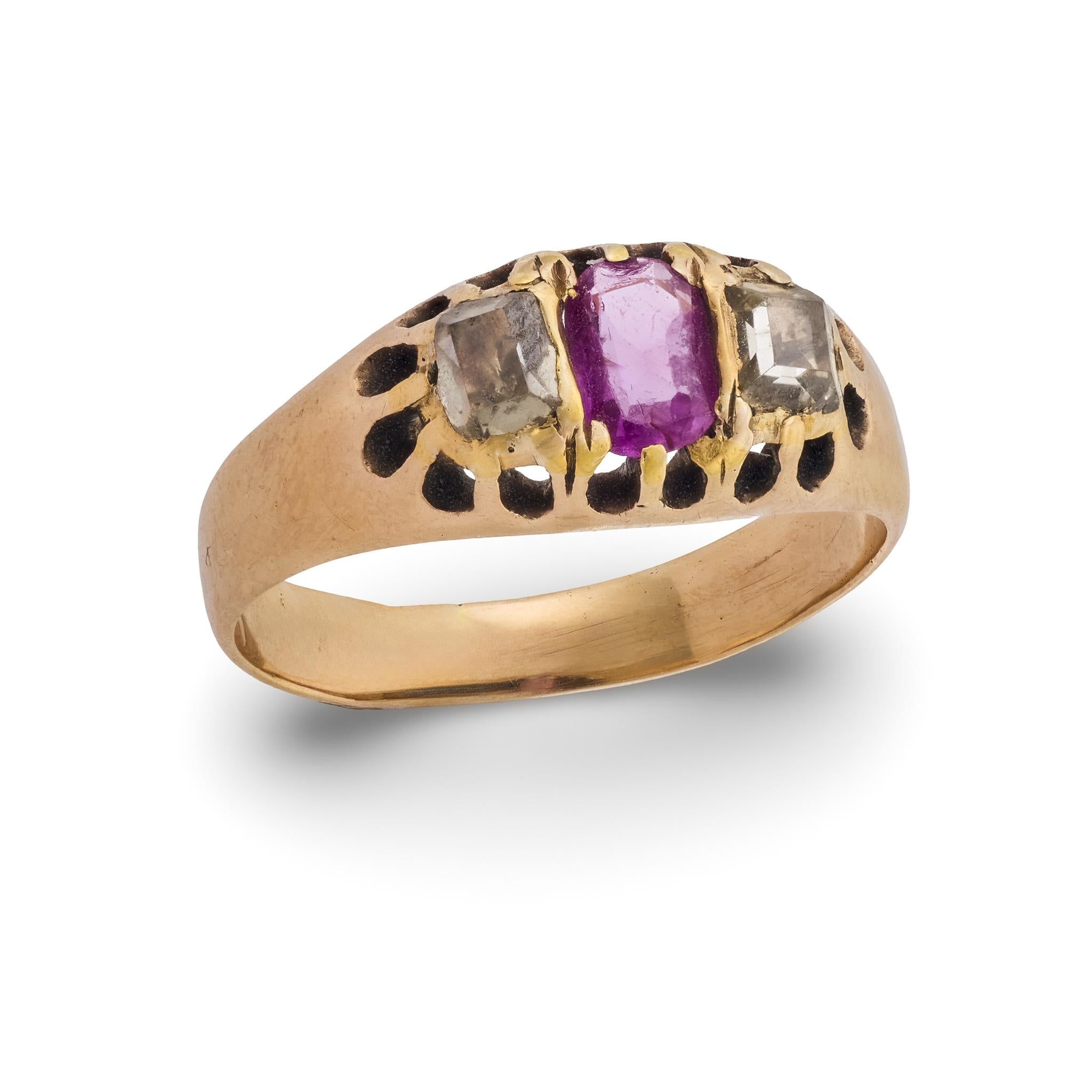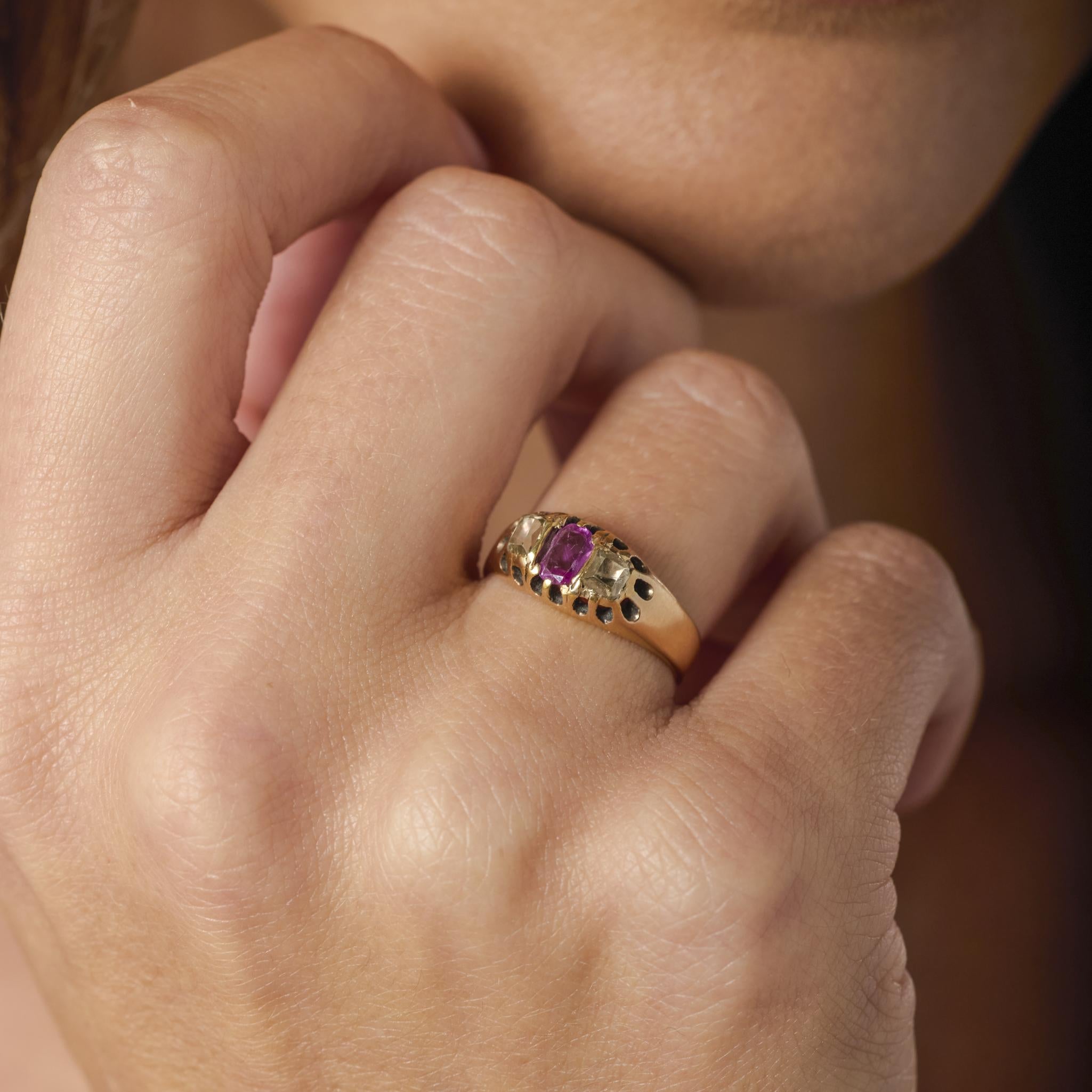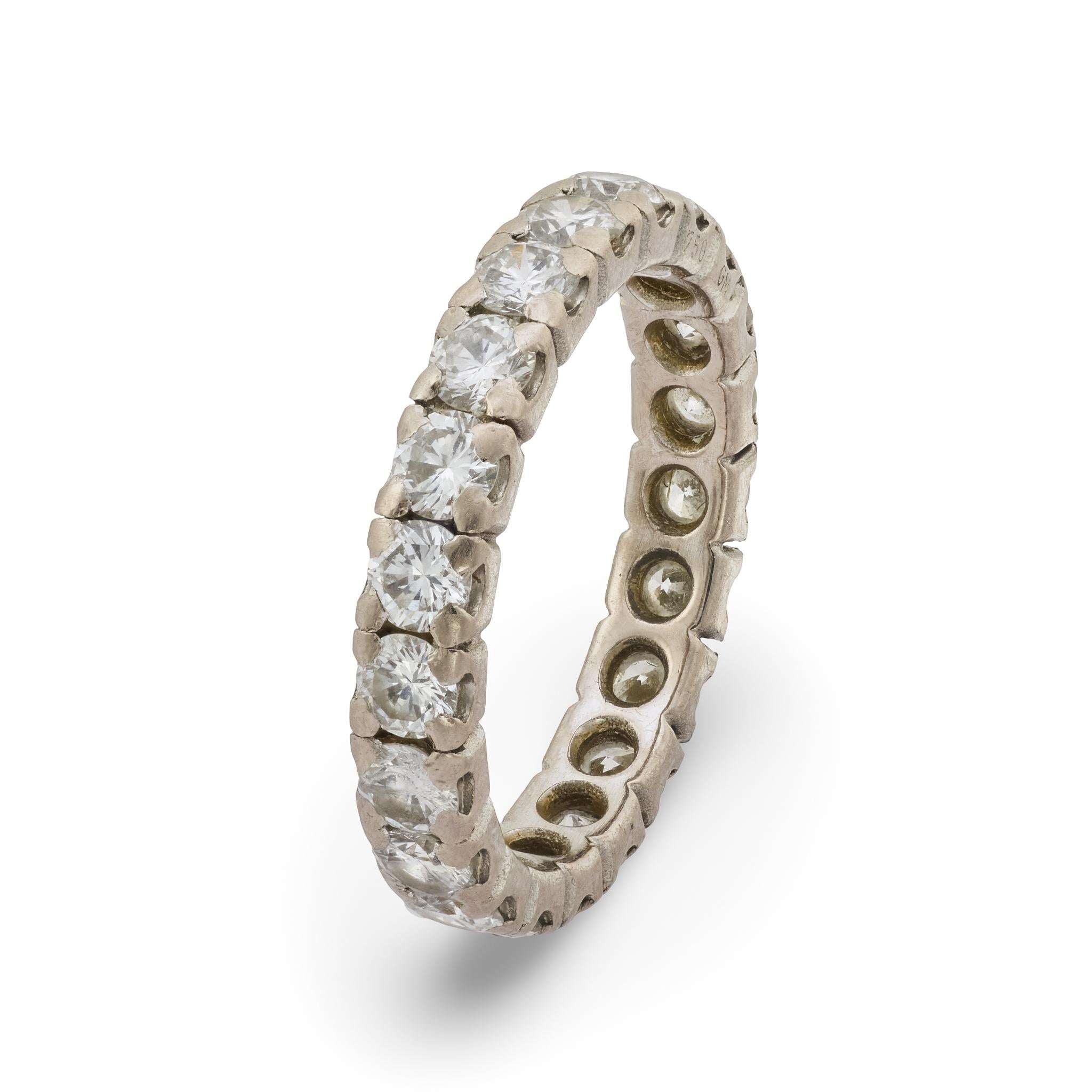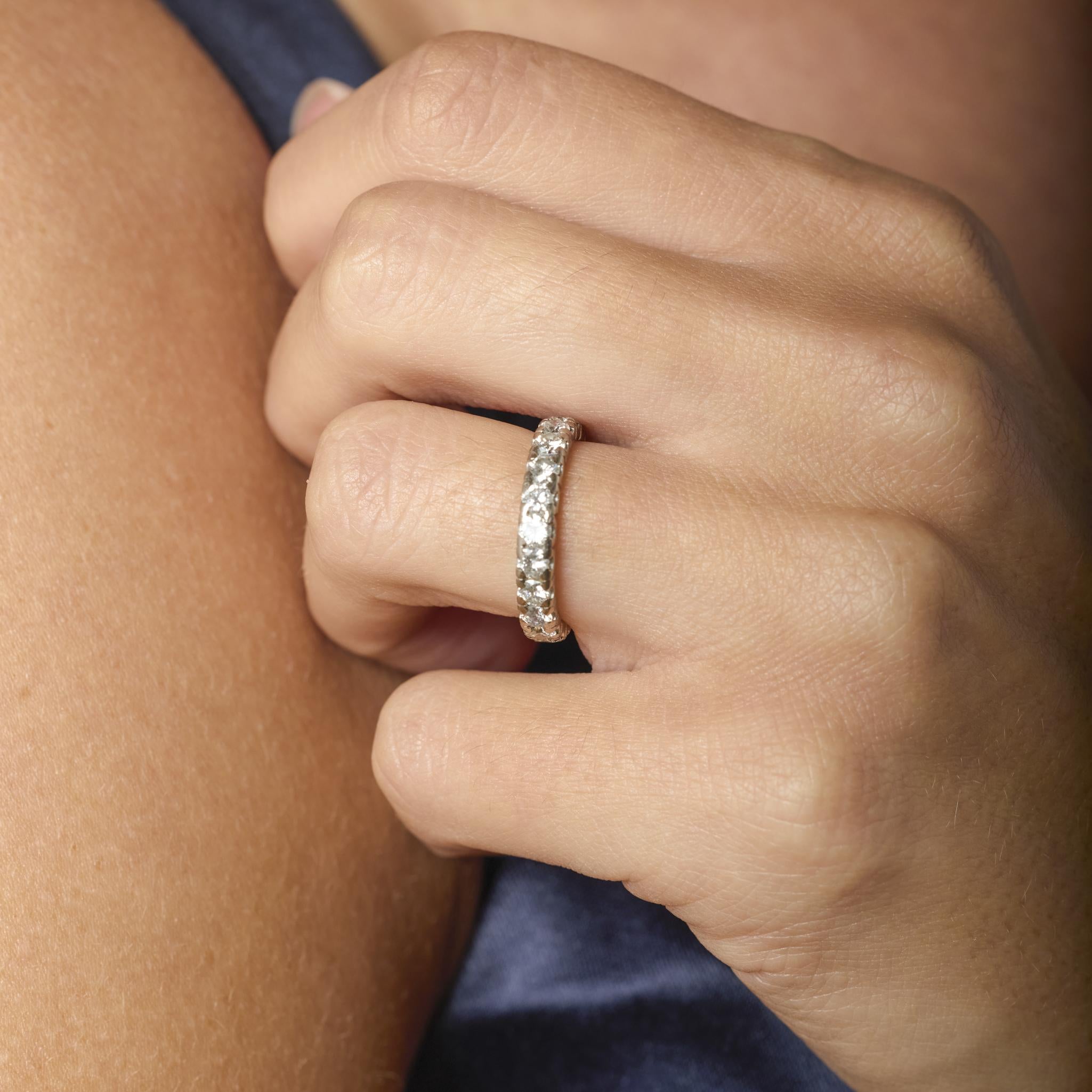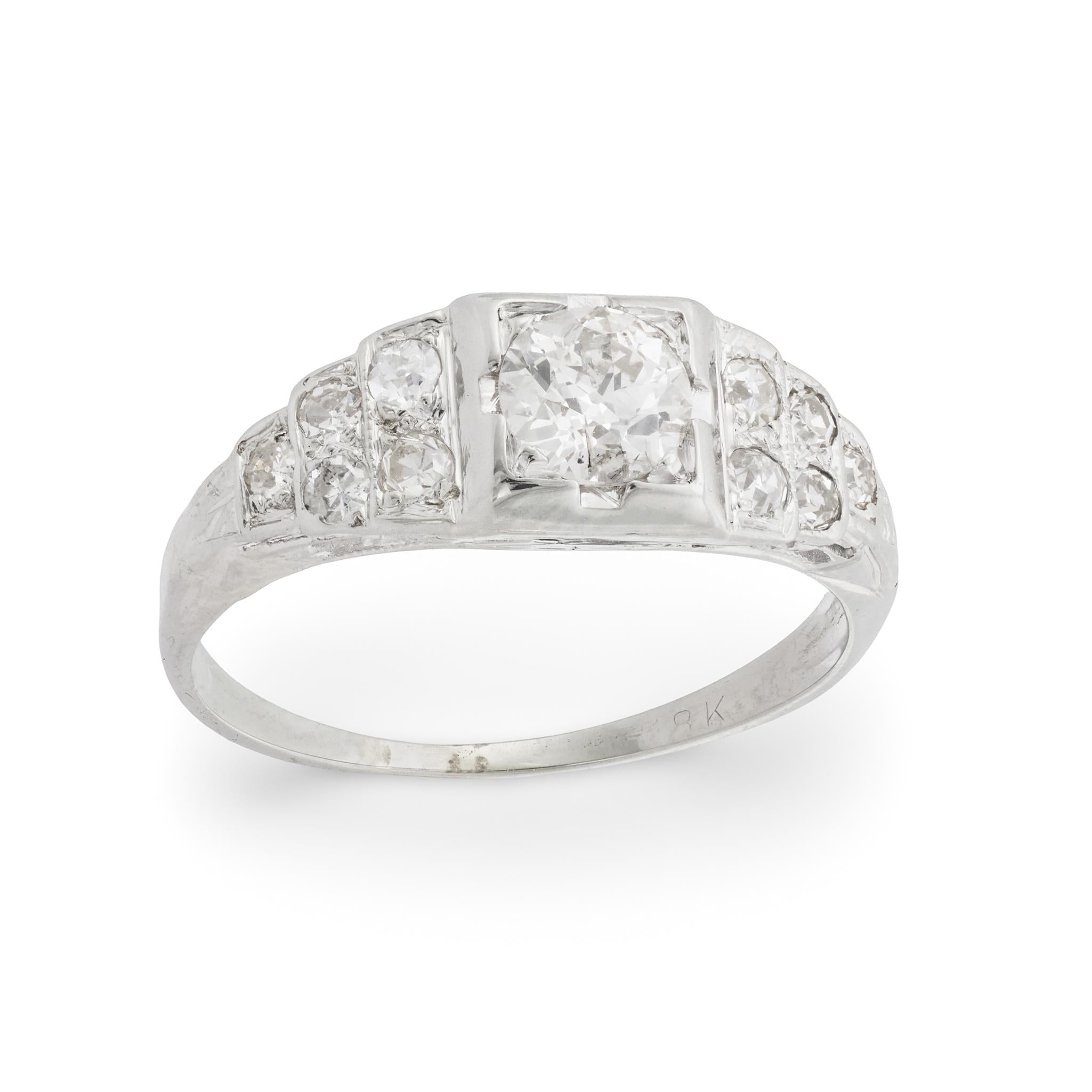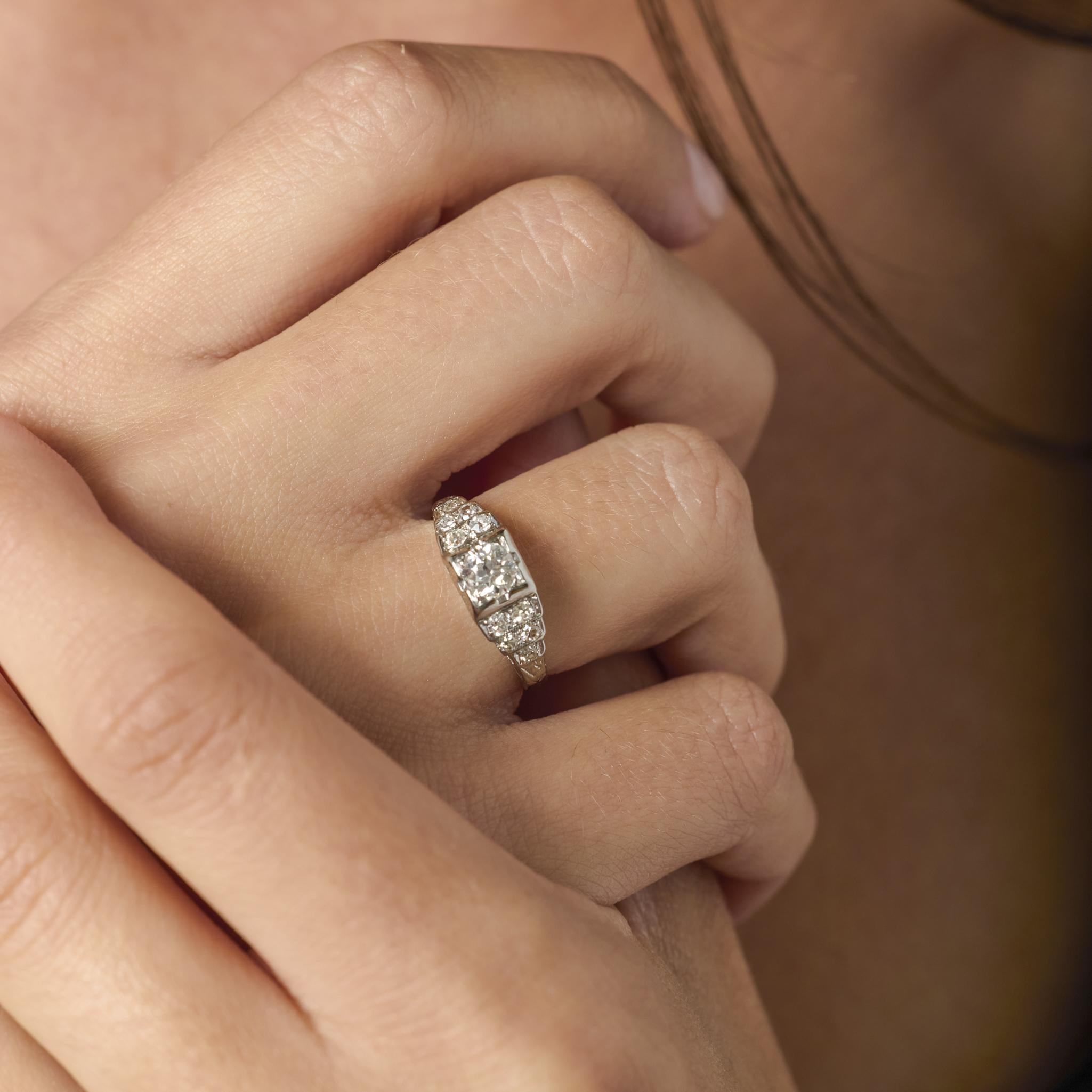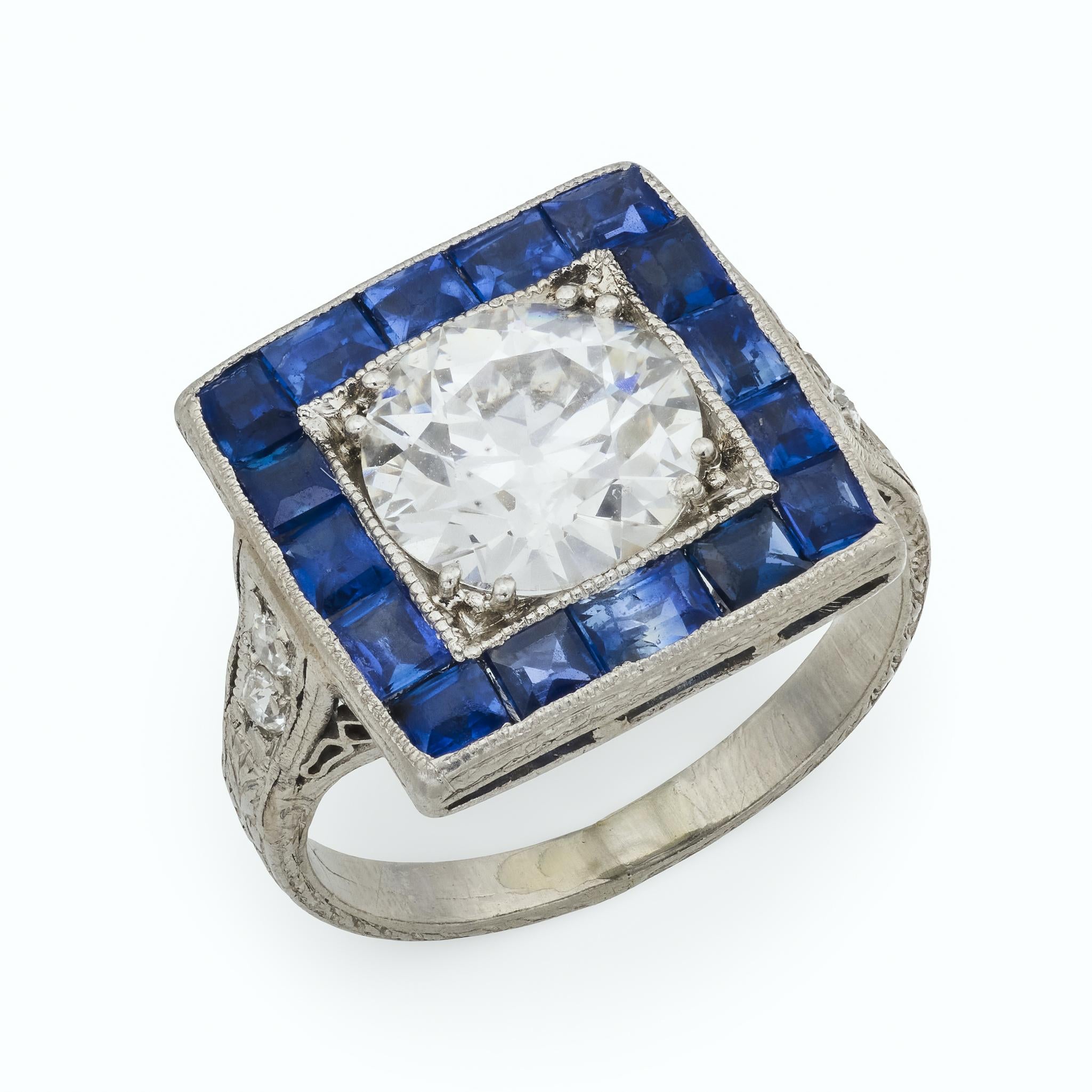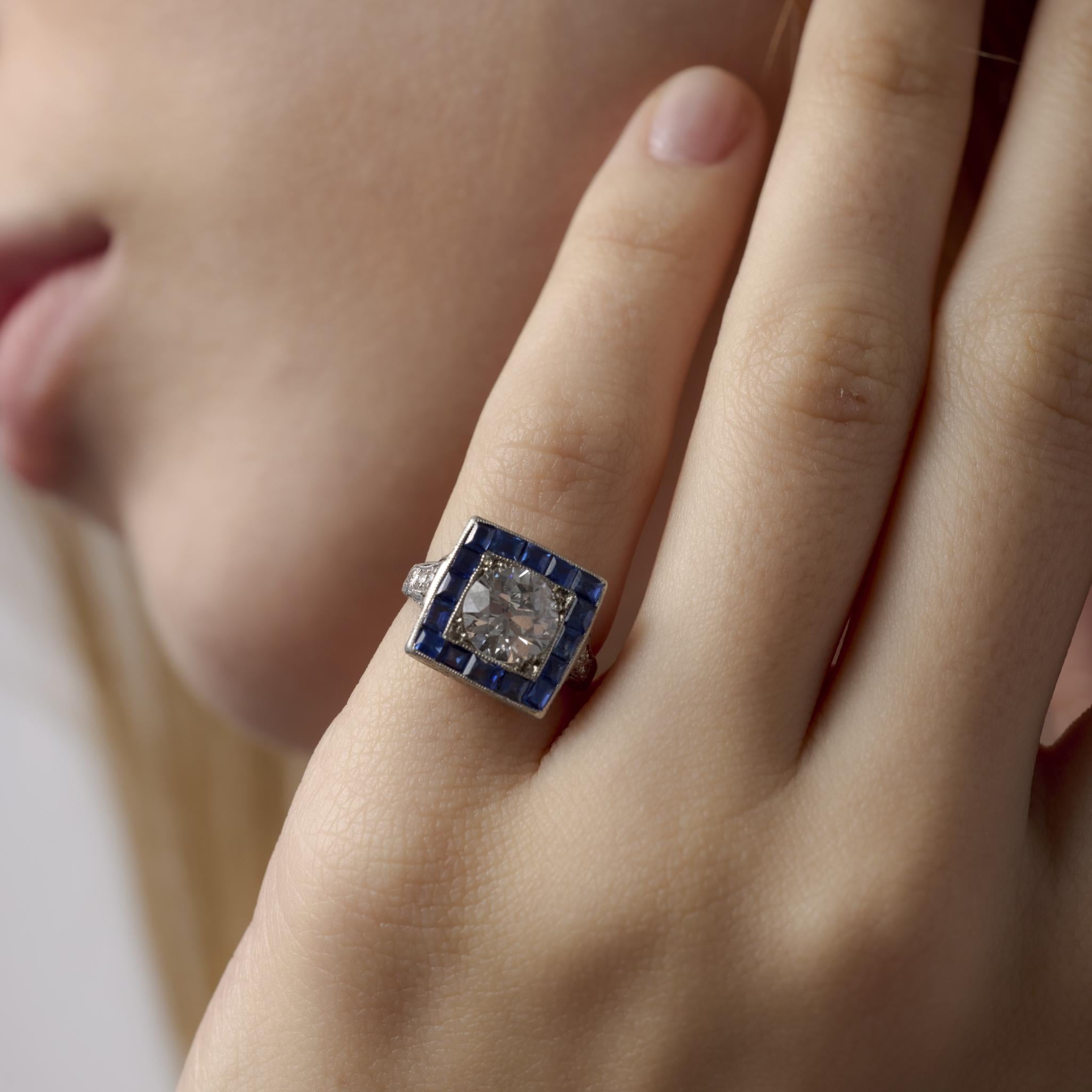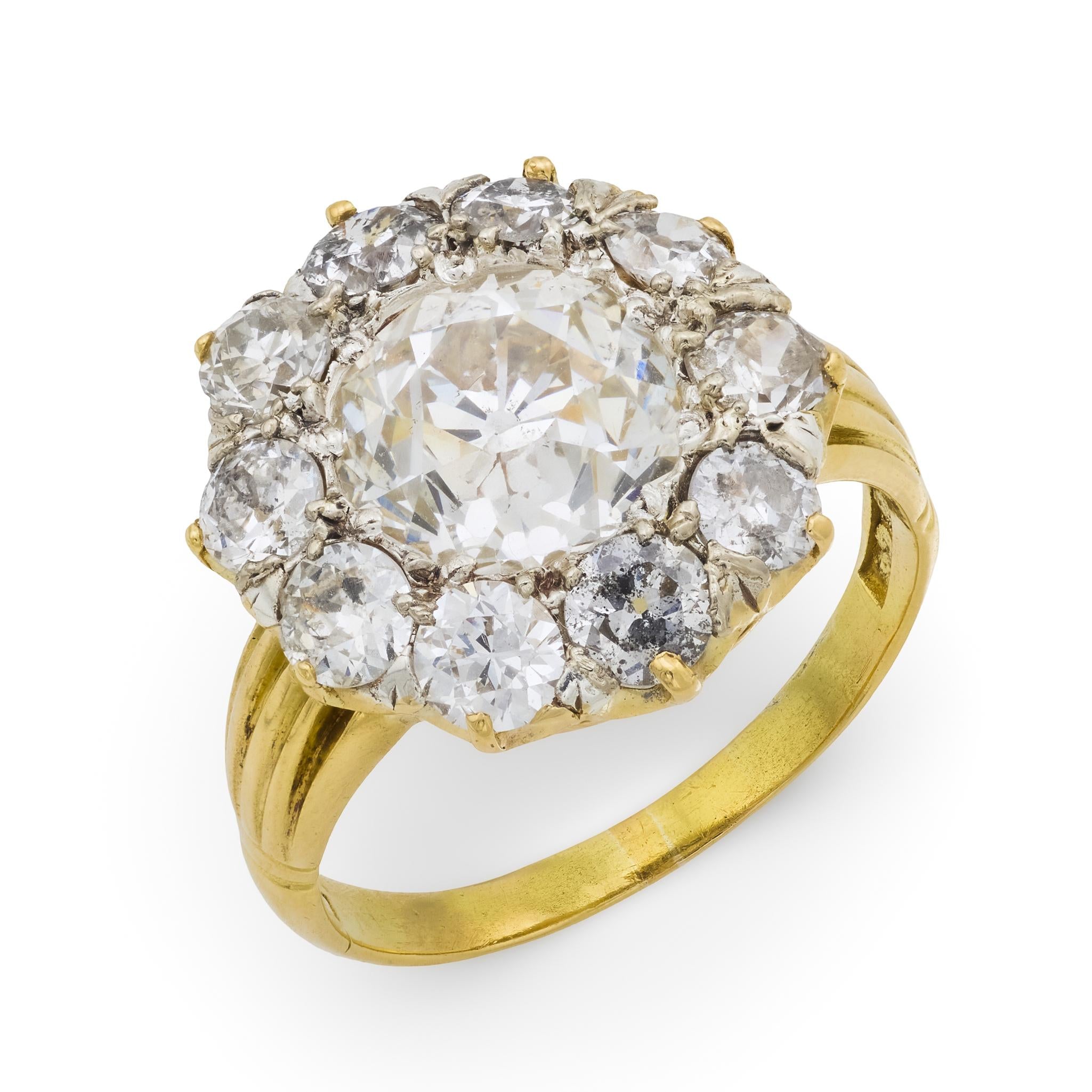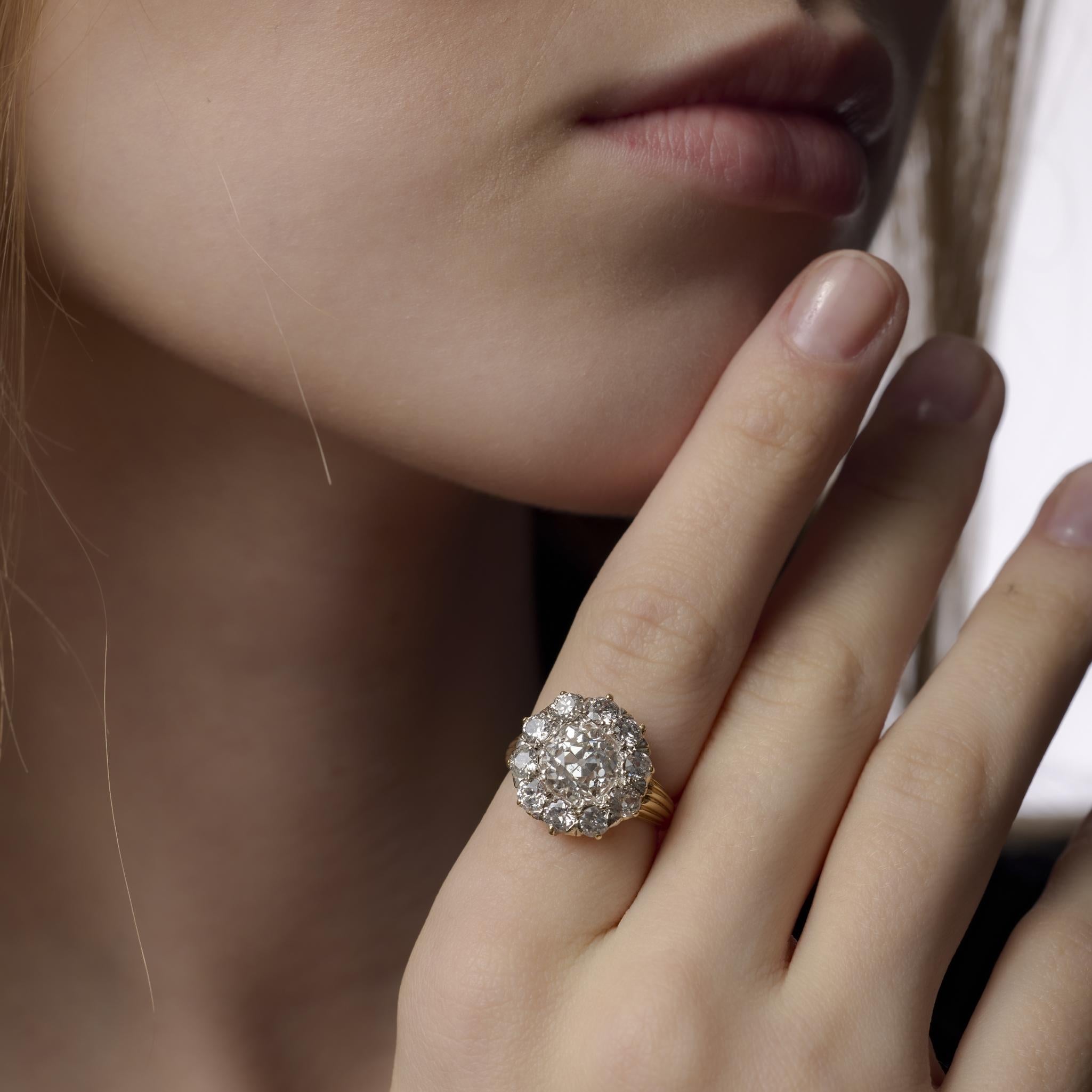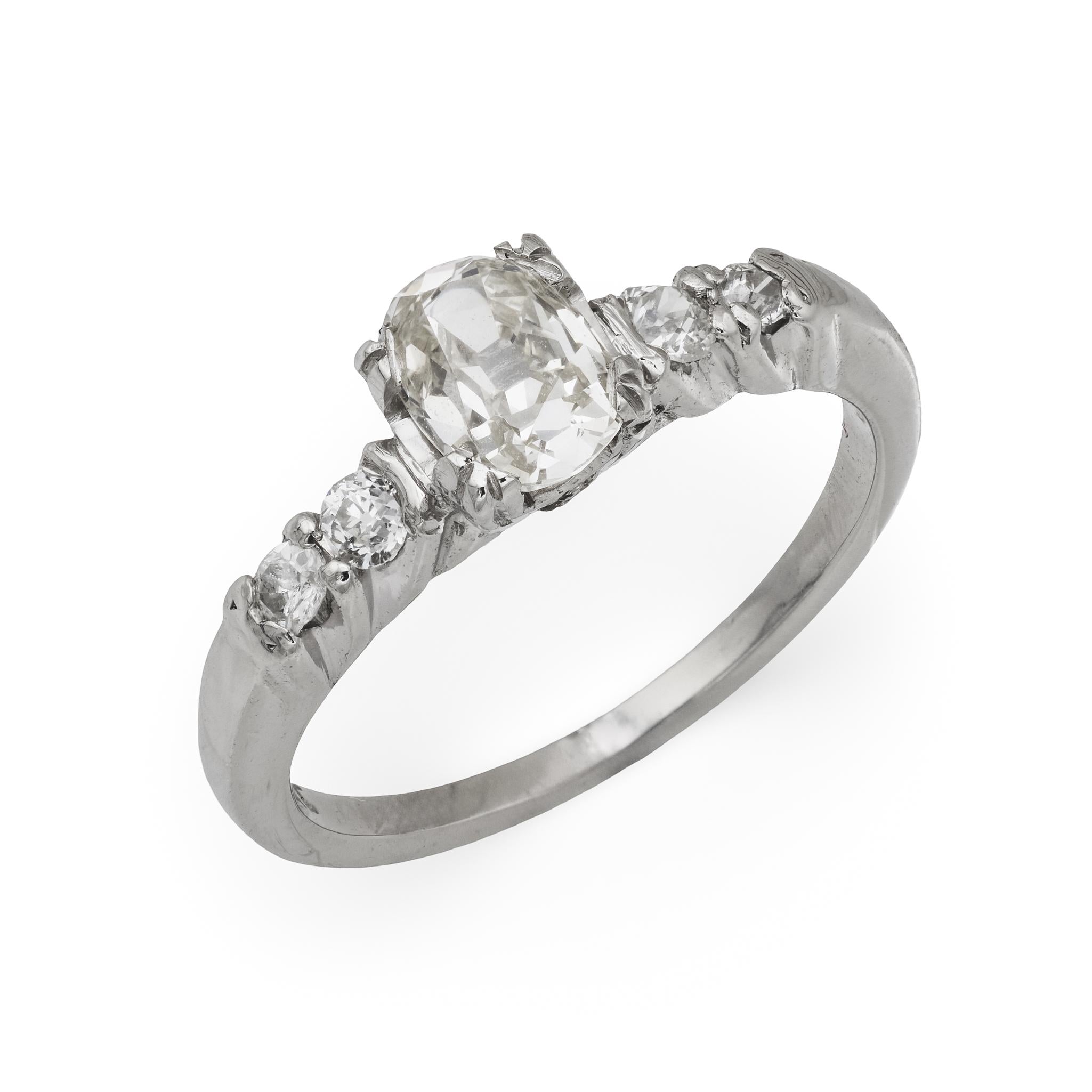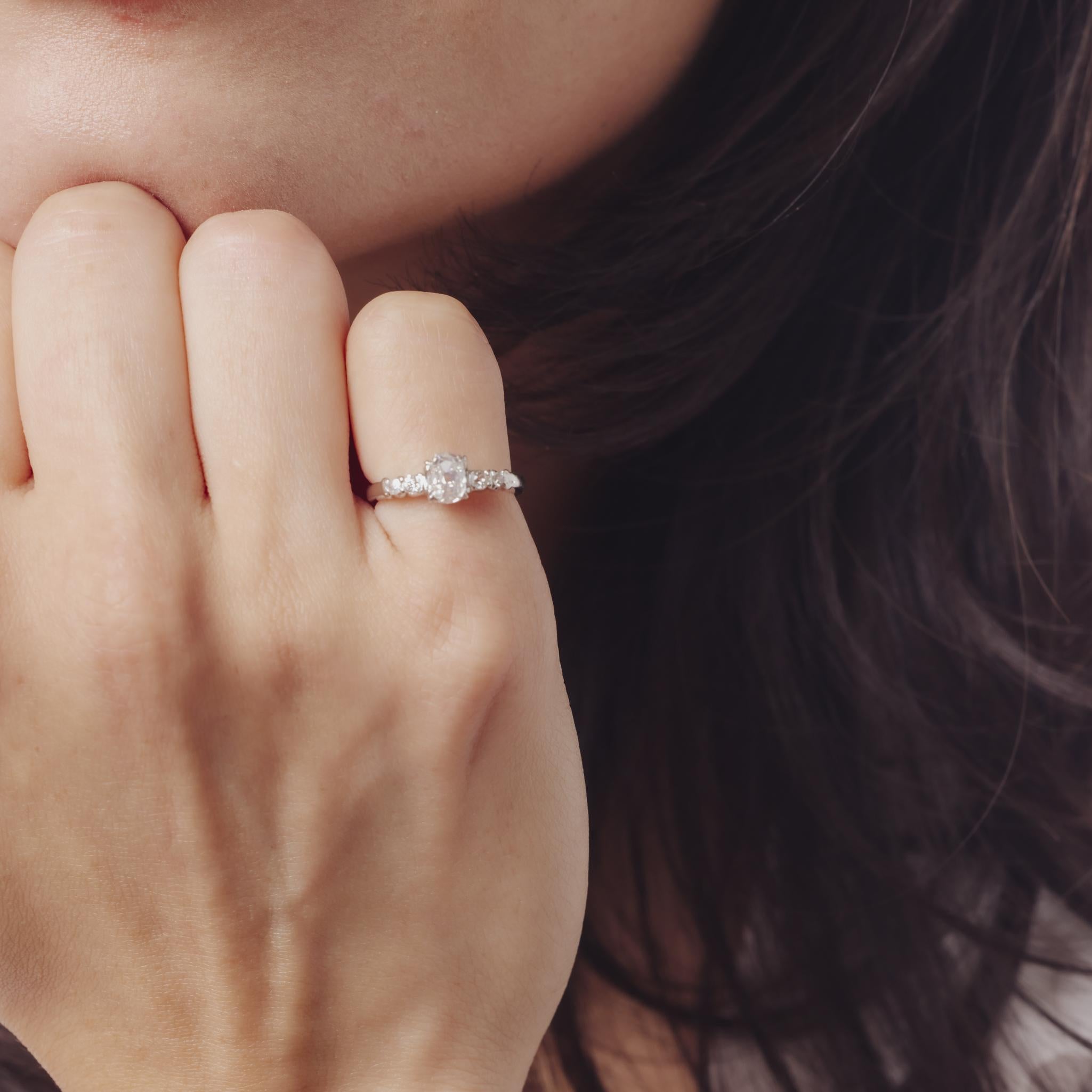Purchasing an engagement ring can be daunting, we feel you. We typically don't learn the ins and outs of diamonds until we are at the point when we need to purchase one! So like most things we don't know, we turn to the trusty internet for help. But the internet can be misleading, especially when it comes to something so niche like vintage diamonds. Luckily, we've been around the block, so we're here to help set the record straight! I'm sure you've wondered, when it comes to certification, what is the difference between GIA and EGL? Let us explain.
The internet will say that it is imperative to have a diamond certificate for your diamond engagement ring, and insist the certificate needs to come from GIA. That is not necessarily wrong, but there are other circumstances to consider.
GIA and EGL are two leading gemological laboratories that can supply a diamond certificate for you. (Think Harvard vs Yale.) We use both labs to certify our vintage diamonds, as they grade these stones slightly differently. Read on to see the difference between GIA and EGL certificates.
Gemological Institute of America (GIA)
GIA was established in 1933 and tends to hold more prestige because it is older and they are known for their very strict and harsh grading scale. GIA however grades all diamonds (including vintage) on today's standards - e.g. they compare old stones to precision laser-cut flawless diamond specimen and use today's criteria. (Which if you ask us, is a little unfair because when old stones were being cut, they weren't making them to spec like they do now - they were just trying to make something beautiful!) To us, it's like comparing apples to oranges - the same but different.
*Think asking a vintage car enthusiast to compare a pristine 1964 Porsche 911 to today's vehicular standard.
European Gemological Laboratory (EGL)
EGL USA was founded in 1977 and employs GIA Graduate Gemologists. EGL gives older stones a little more leeway, e.g. they label an Old European Cut an Old European Cut instead of calling it a Circular Brilliant like GIA. Because of their difference in grading scales, it is not uncommon for their to be a 1-2 grade difference between GIA and EGL certificates. Many Los Angeles-based jewelers certify diamonds at EGL because there is a laboratory right here in the heart of the Jewelry District.
The breakdown
For most people, purchasing a diamond is an emotional process! If you fall in love with a stone, don't put too much weight on what the certificate says. No matter the lab, we prefer to judge the stones by their visible qualities and beauty, not just by the certificate or "buying off paper."At the end of the day, you want to have a diamond certificate, and GIA and EGL are both great options that we use on our vintage stones.
Pro tip: Our in-house Gemologist is a GIA graduate and assesses every diamond in our shop before it hits the site (or your finger!) So rest assured that a trained professional with over 30 years experience in antique and vintage jewelry is grading your diamond in addition to a lab certificate.
Pro tip: Sometimes a stone cannot be certified by a laboratory! One such rare occasion is if a vintage diamond is set in a delicate vintage mounting. As self-proclaimed vintage obsessors, we wouldn't want to compromise the integrity of the delicate mounting by removing the stone. (Diamonds have to be removed from their settings to be sent and graded at labs.) In this case, our in-house GIA Graduate Gemologist would assess the diamond in the mounting and give an estimated grade.

